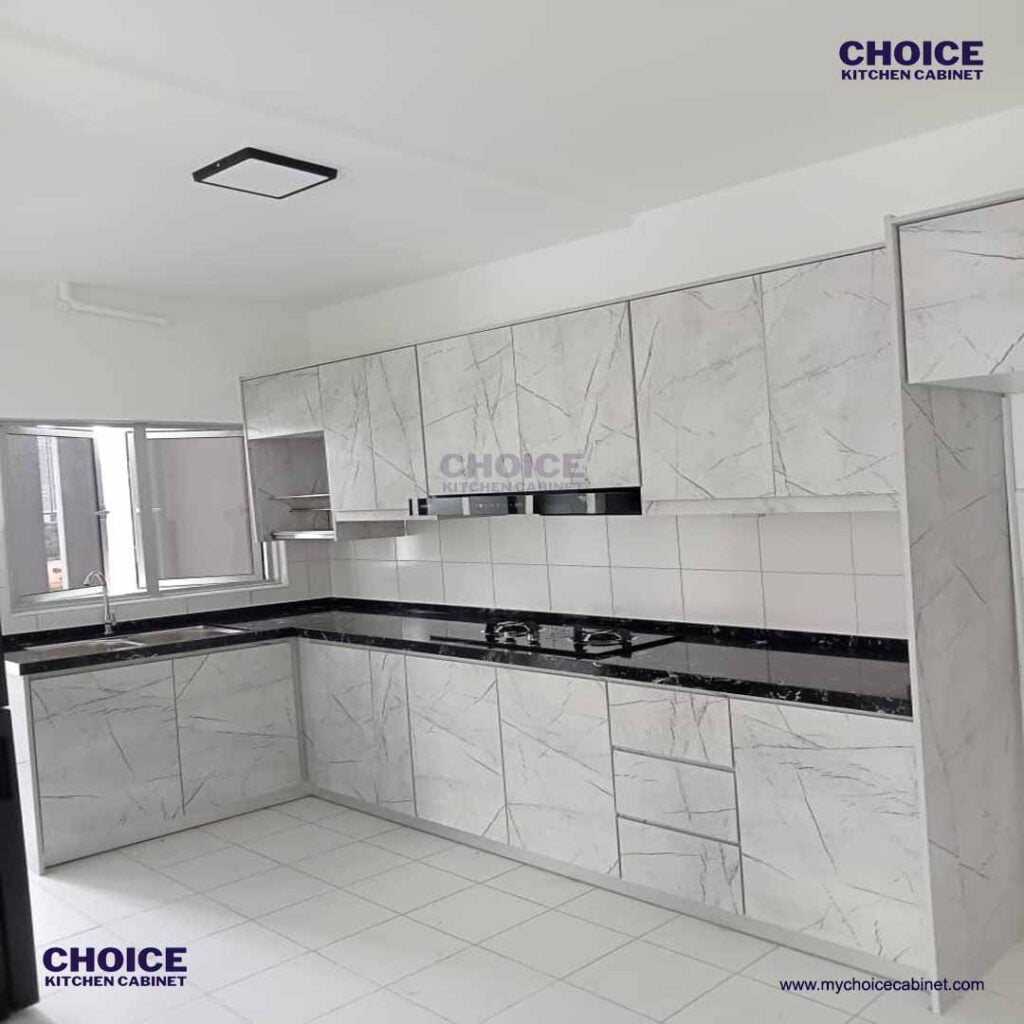Determining the ideal amount of kitchen cabinet space isn’t merely a matter of measuring walls and calculating square footage. It involves a comprehensive assessment considering your appliances, cooking habits, and kitchen layout. In this article, we’ll provide valuable insights to help you accurately gauge your kitchen cabinet needs.
Key Points:
- Sufficient kitchen cabinet space is crucial for maintaining organization, minimizing clutter, and enhancing the sense of spaciousness in your kitchen.
- To determine your cabinet space requirements, take stock of all items you need to store and carefully measure your kitchen dimensions.
- When planning your cabinets, consider your kitchen layout; unused corners and dead spaces may allow for fewer cabinets.
- Seek professional guidance to ensure optimal cabinet design and avoid future renovation hassles.

Understanding the Significance of Ample Kitchen Cabinet Space
Before delving into how to determine your kitchen cabinet needs, it’s essential to grasp why this aspect is pivotal. Insufficient storage can lead to constant struggles with organization or, conversely, wasted space.
Here are several reasons why ample kitchen cabinet space matters:
- Facilitates kitchen organization: With designated storage for every item, keeping your kitchen tidy becomes more manageable.
- Reduces clutter accumulation: Sufficient storage minimizes the tendency to leave items on countertops, preventing clutter buildup.
- Enhances perceived spaciousness: Even in smaller kitchens, adequate storage can create a more open and airy ambiance.
- Now that we’ve established the importance of determining your kitchen cabinet space requirements, let’s explore some actionable tips.
Assess Your Storage Needs
Begin by compiling a comprehensive list of items you intend to store in your kitchen, including small appliances, cookware, dishware, and food items. This inventory will serve as a foundation for planning your cabinet space effectively.
Measure Your Kitchen
Accurate measurements are crucial for planning your cabinet layout. Measure the width and length of each wall, as well as the dimensions of existing cabinets or storage solutions. These measurements will inform the placement and size of your cabinets.
Consider Your Kitchen Layout
Take into account your kitchen’s layout when determining cabinet requirements. Unused corners or dead spaces may allow for more efficient utilization of cabinetry, potentially reducing the overall number of cabinets needed.
Anticipate Future Needs
Account for potential changes in your household or cooking habits when planning your cabinet space. Anticipating future needs can help you avoid the inconvenience of renovating or reconfiguring your kitchen later on.
Seek Professional Assistance
If you’re uncertain about determining your cabinet space requirements, consider consulting with a professional. A kitchen cabinet specialist can offer tailored advice and assist in maximizing your kitchen’s storage potential.
Pro Tip: When in doubt, opt for more storage space to accommodate future needs and prevent clutter accumulation.
FAQs About Kitchen Cabinet Space
To address common queries on this topic, let’s explore some frequently asked questions:
Can you have too much kitchen cabinet space?
While having excessive storage is possible, it’s preferable to err on the side of more storage than insufficient space.
How can you maximize kitchen cabinet space creatively?
Maximizing cabinet space can involve installing floor-to-ceiling cabinets, utilizing corner cabinets, or incorporating specialty storage solutions tailored to your needs.
What are common mistakes to avoid when planning kitchen cabinet space?
Underestimating storage needs is a common mistake. Conducting a thorough inventory is essential before finalizing cabinet plans.
In Conclusion
Determining your kitchen cabinet space requirements involves careful consideration of your storage needs, kitchen layout, and future contingencies. By following these tips and seeking professional guidance if necessary, you can create a well-organized and functional kitchen tailored to your specifications, ensuring optimal efficiency and convenience for years to come. Remember, it’s essential to anticipate any potential changes in your household size or lifestyle to accommodate future needs effectively.
